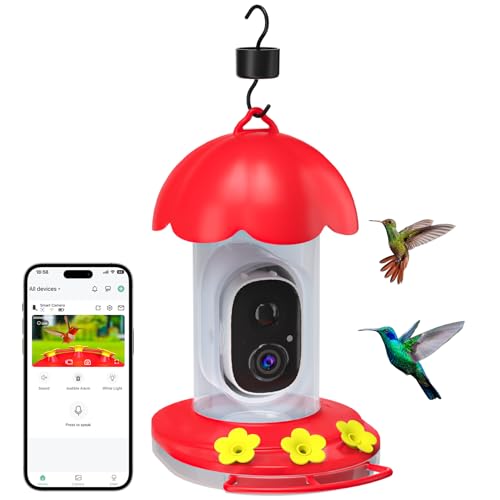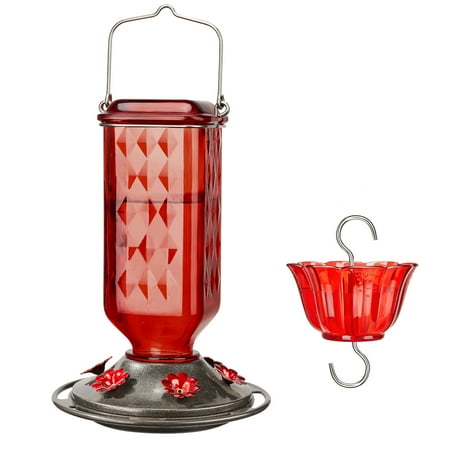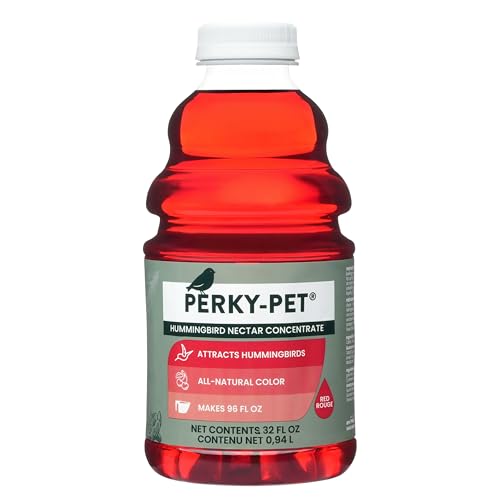When do hummingbirds return from migration? Wildlife experts reveal when to expect them and how you can help
As hummingbirds return to North America, gardeners can play a part in caring for these weary travellers
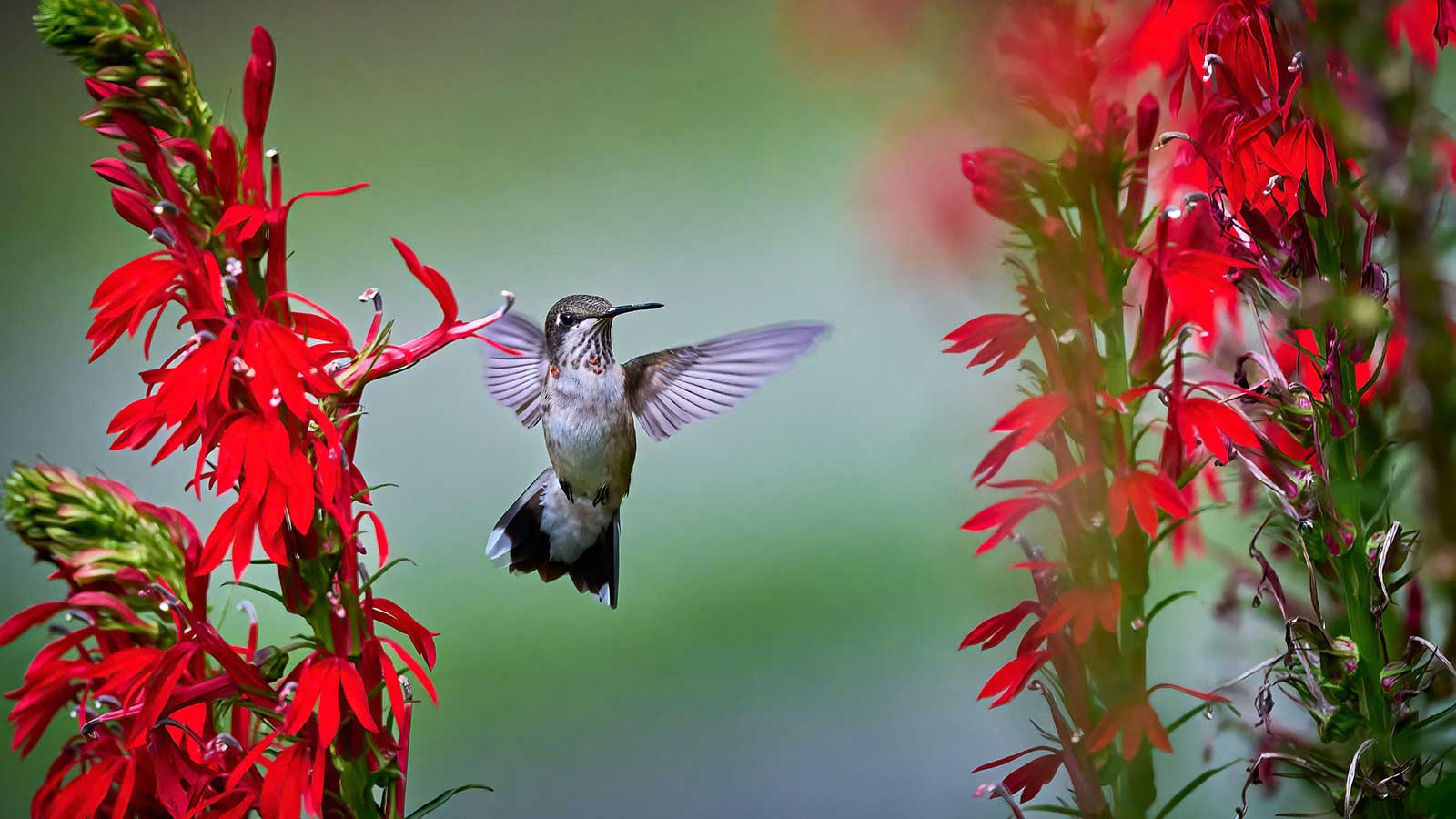

When do hummingbirds return from migration? It’s a question many gardeners and bird-watchers ponder after what might feel like an eternity of cold weather. The spring equinox marks a key transition in the calendar, and with the increase in daylight and warmth, the northern hemisphere stirs from its winter sleep.
Whilst the changing weather is undeniably a welcome shift for gardeners, it also marks a change in the natural world. As the days get longer and the nighttime temperatures increase, migratory birds are on the move, leaving their wintering grounds in southern regions and returning north to breed. Warblers, orioles and thrushes will soon take to the air, but perhaps the most anticipated visitors to backyards are some of the smallest: hummingbirds.
We spoke to one US wildlife expert to better understand hummingbird migration, with advice on when you can expect to see these colorful miniature birds and how to prepare your backyard for their return.

Supporting migrating hummingbirds
Of the 365 species of hummingbird that call the Americas home, fewer than two dozen can be found in North America during the spring and summer months.
Sadly, scientists have reported that some of these species have declined in numbers since 1970, and in recent years, the rate of decline has been increasing for both the Allen's and Rufous hummingbirds.
While this is concerning, gardeners can play a small part in supporting native birds by incorporating wildlife garden ideas into their yards as migratory species return.
Hummingbird arrivals vary by region
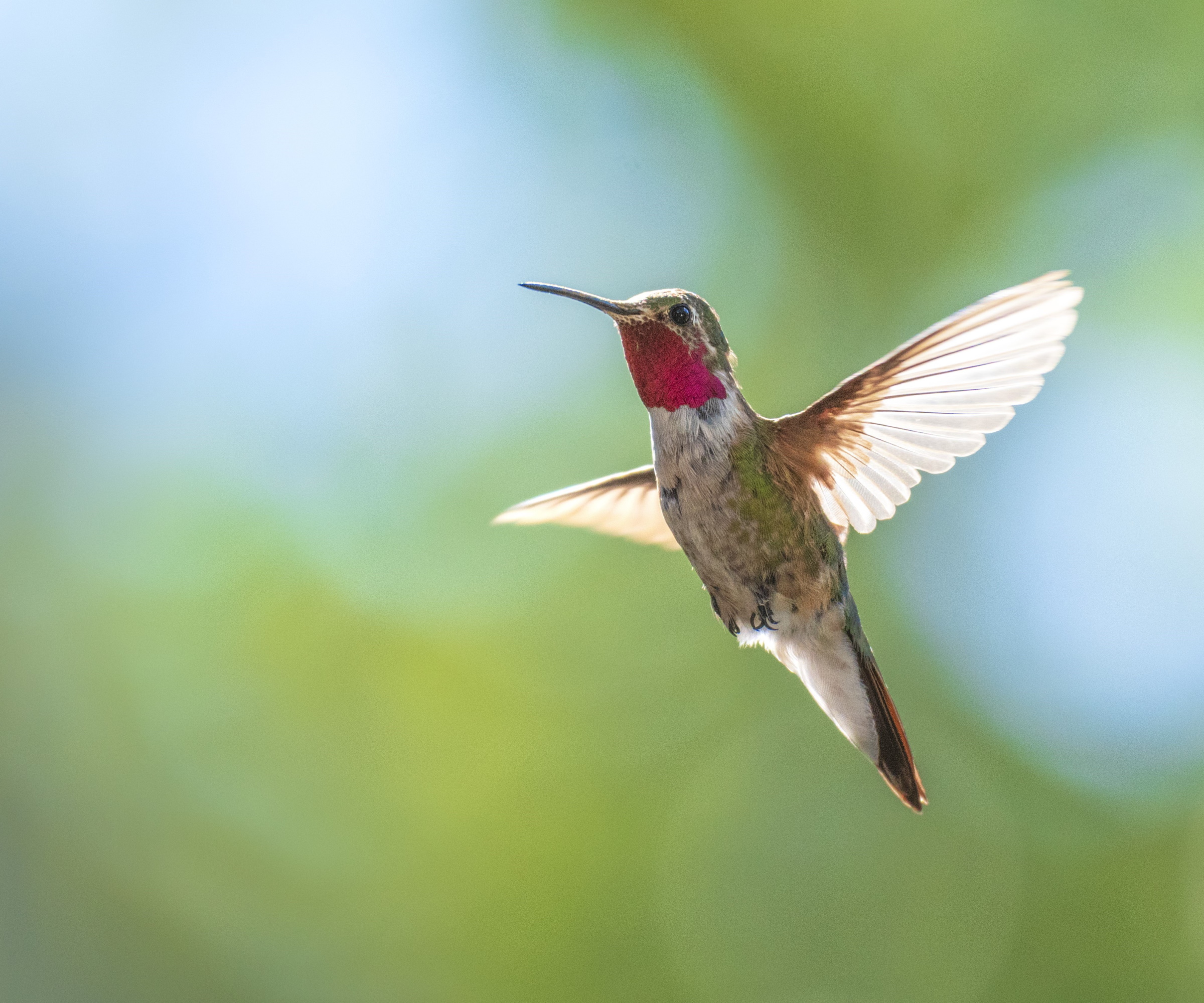
'Hummingbird migration is all about food and warmth,' says Siobhan Shaw, sustainable gardening expert and founder of Growing to Give. 'As the seasons shift, hummingbirds take the skies and will soon arrive back in the United States.
Design expertise in your inbox – from inspiring decorating ideas and beautiful celebrity homes to practical gardening advice and shopping round-ups.
'If you are wondering when do hummingbirds return from migration, the peak spring migration period is from March to May,' says wildlife expert, Patrick Kelleher. 'But of course, this will vary depending on where you live and the climate.'
'Ruby-throated hummingbirds, the most common species and the only prevalent species east of the Mississippi, return starting in early March in the southernmost states and advance north to the mid states by the beginning of April, finally reaching the northernmost states such as Minnesota and Maine by mid-May,' Patrick adds.
In northern, cooler US hardiness zones, such as in Alaska or Michigan, then, the return of hummingbirds will happen much later than in southern locations, such as California or Florida, where some hummingbirds may even have remained for the winter months.
If you want to watch birds up close this year, why not invest in a pair of binoculars? Try these Occer binoculars, available from Amazon, which have 12x magnification and will allow you to watch birds moving from shrub to shrub in the yard.

Siobhan is the co-founder of Growing to Give, a dynamic global nonprofit dedicated to transforming community-focused food security and agriculture through sustainable farming and gardening practices. Siobhan is a passionate advocate for women's empowerment in agriculture, mentoring women who aspire to careers in the field. Siobhan also continues her decades of podcasting as the host and co-producer of the health and well-being podcast titled Real Talk.

Patrick Kelleher, a retired attorney, has been a garden enthusiast and designer for the last 40 years in both the Midwest and Southwest. Patrick grew up and continues to spend summers in the Upper Peninsula of Michigan adjacent to Sylvania National Wilderness, an area known for its diversity of wildlife.
How to prepare your garden for hummingbirds
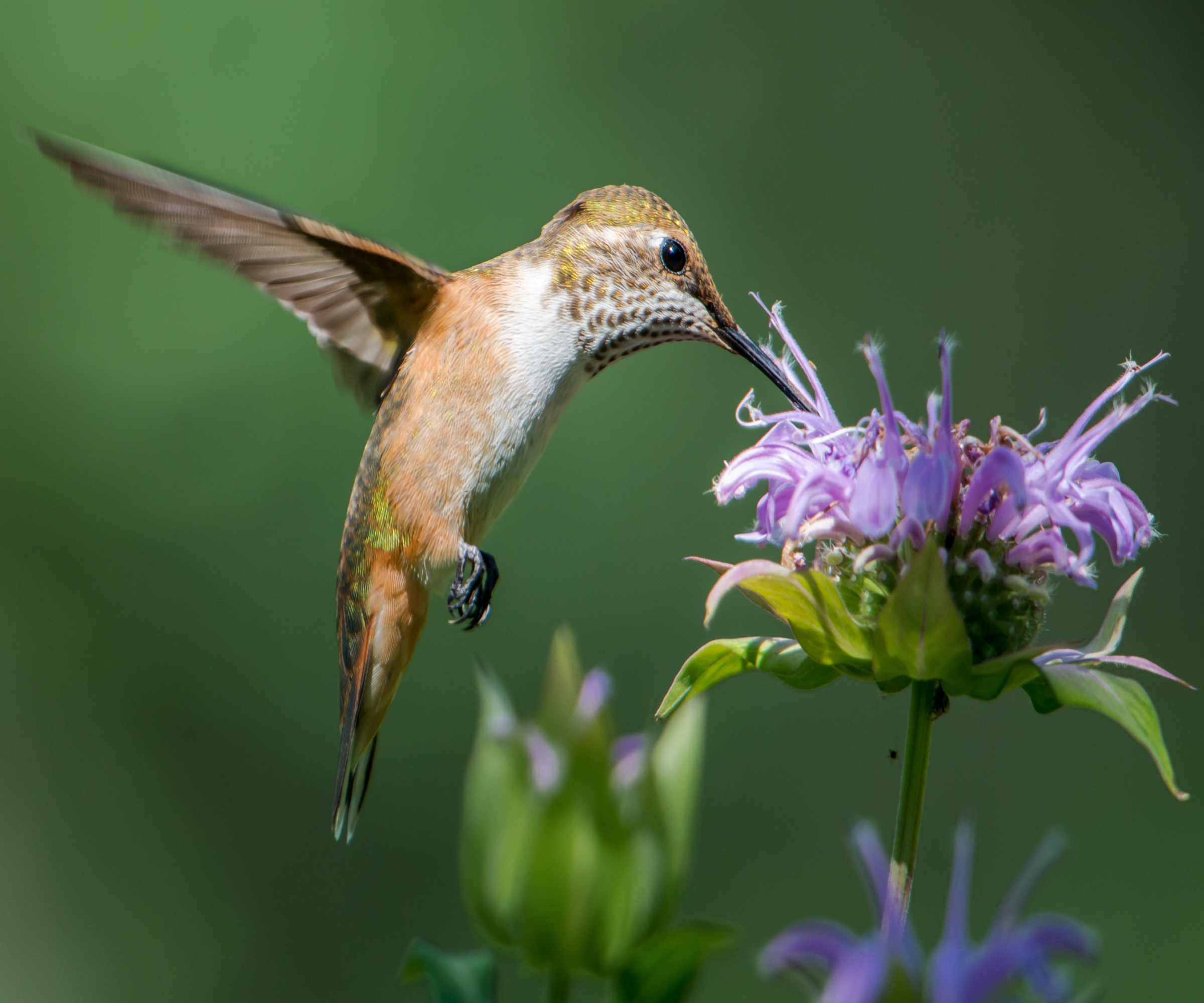
The US Fish and Wildlife Service advises that for the hummingbird species that move between North America and Central and South America each year, it is important that they can access food as they return for the breeding season in spring.
'Growing some of the best perennials to attract hummingbirds is undoubtedly a good idea,' Siobhan says. 'Native planting is highly recommended, such as verbena, bee balm, trumpet vine and columbine, which are all nectar-rich and hummingbird-approved.
'Plant with both fragrance and color in mind,' Siobhan adds. 'Hummingbirds love scented species with red, orange and pink blooms. It is also a good idea to have staggered flowering times to provide food throughout the year.'
For spring, foxgloves and the native red columbine, Aquilegia canadensis, will add color and nectar to the yard. Later in the season, for summer blooms, plant clusters of zinnias, calendulas or coneflowers.
Columbine seeds are available to order from Burpee, with a range of colors including blue, pink, yellow and red.
'It is also a good idea to put out hummingbird feeders and keep them clean,' Siobhan adds. 'If you live in the south, do this by early March, whereas in the north, anytime from April is fine.'
To keep your feeder clean, use an all-natural product like this bird feeder cleaner, available from Amazon, which contains no harsh chemicals and will cause no harm to hummingbirds.
While nectar from plants and feeders is the primary food source of hummingbirds in backyards, they also consume flies, spiders and other insects, especially during the breeding season when protein is essential for their young.
Keeping chemicals out of your yard - including mosquito-repellent - is therefore important. Biodiverse yards that are full of wildlife - including flies and mosquitos - will create the best environment for hummingbirds to thrive.
FAQs
Should I provide water for hummingbirds?
'Yes, providing water for migrating hummingbirds is important,' says Siobhan. 'Hummingbirds love shallow fountains, dishes and bird baths for drinking - just be sure to keep the water fresh and topped up. You may even be surprised by a hummingbird playfully darting back and forth through the spray of your garden hose like a little child running through a sprinkler on a hot summer day.'
For more detail, check out our guide on where to spot hummingbirds in May, to see what species are arriving in your region.
If you are keen to capture some high-quality images of hummingbirds in your borders this year, have you considered investing in hummingbird feeder cameras? This new technology allows you to take close-up images of these hummingbirds as they feed at nectar ports, revealing the brilliant coloration and detail of their feathers.
Try this Birdfy hummingbird feeder camera, available from Amazon, and enjoy endless birdwatching this summer.
Shop hummingbird feeders

Thomas is a Content Editor within the Gardens Team at Homes and Gardens. He has worked as a professional gardener for both public spaces and private estates, specializing in productive gardening, growing food and flowers. Trained in Horticulture at the Garden Museum, he has written on gardening and garden history for various publications, including The English Garden, Gardens Illustrated, Hortus, The London Gardener and Bloom. He has co-authored a Lonely Planet travel book, The Tree Atlas, due out in 2024.
